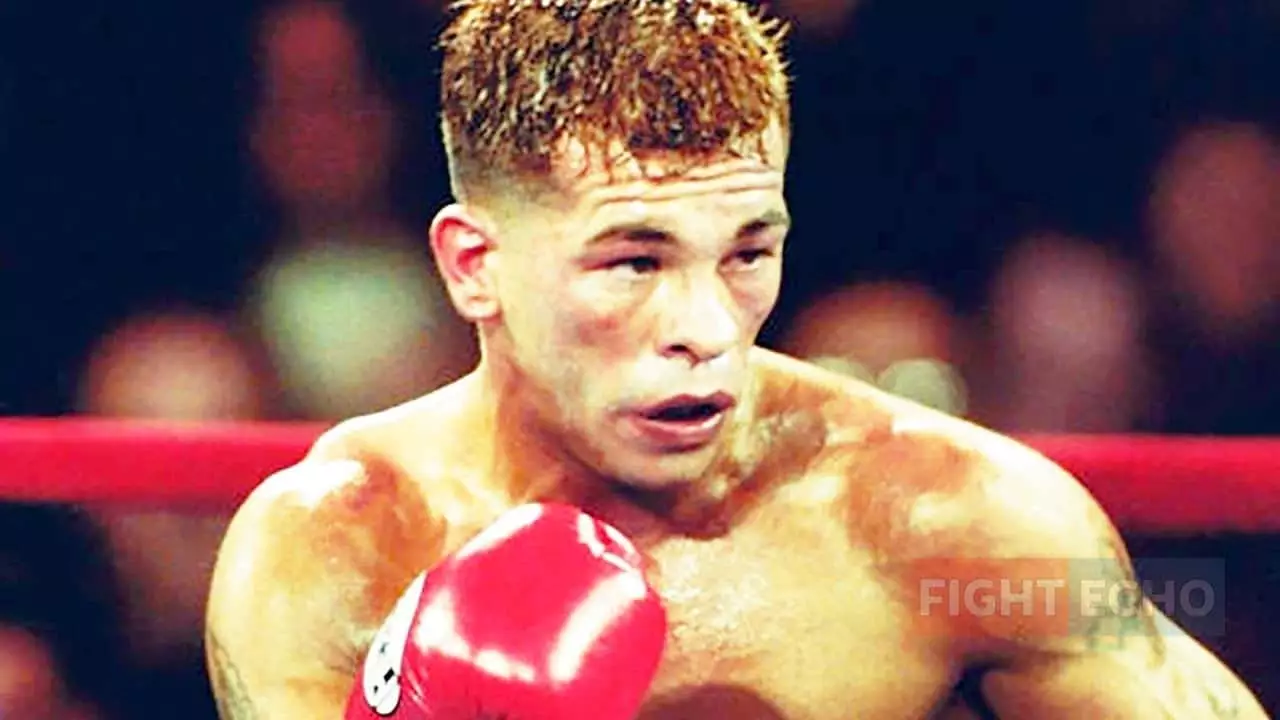In the annals of boxing history, certain bouts transcend mere competition; they are emblematic of an era. The fateful encounter between Floyd Mayweather Jr. and Arturo Gatti on June 25, 2005, epitomizes this notion. Dubbed “Thunder & Lightning,” the event promised an exhilarating showdown, igniting the fervor of millions, particularly Gatti’s devoted followers, who held their breath clamoring for a thrilling spectacle. But what unfolded at Boardwalk Hall shattered any preconceived notion of a competitive fight, marking a stark shift in the boxing landscape. This bout wasn’t just a match; it was a moment where one fighter’s brilliance outshone another’s, casting long shadows over their respective reputations.
The Promises of Gatti and Mayweather
Arturo Gatti was the embodiment of a fighter’s fighter. With a record characterized by his undying resilience amidst a plethora of challenging opponents, his ability to persevere through grueling bouts had earned him a cult-like following. Known for his heart and tenacity, Gatti had become a beacon of hope for every underdog and an indomitable symbol of the fighting spirit. His battles against fellow warriors like Mickey Ward are legends in their own right, celebrated for their intensity and drama.
Conversely, Floyd Mayweather, Jr., then known as “Pretty Boy,” had consistently showcased his technical prowess, amassing an undefeated record with unyielding discipline and skill. His pre-fight rhetoric suggested that he was here not just to win but to make an indelible mark on boxing history. The words “thunder makes noise, lightning does damage” may have been a clever slogan, but they were a harbinger of the lopsided performance that was soon to unfold.
The Brutal Reality of the Fight
As the bout commenced, it quickly became apparent that this would be no ordinary encounter. Mayweather’s ability to dodge punches, paired with his lethal combinations, transformed Gatti from a revered competitor into a mere target. In six punishing rounds, Mayweather not only dominated but executed a masterclass, peppering Gatti with a barrage of precisely timed and placed punches. Reports indicated that Mayweather landed a staggering 168 punches while Gatti only managed a mere 41—a statistic that highlighted the one-sided nature of this contest.
The transformation of Gatti’s earlier dynamic, aggressive persona into that of a bewildered fighter reeling from Mayweather’s speed and accuracy was palpable. Every time Gatti lowered his guard, hoping for a moment to regroup, he was met with Mayweather’s unwavering counterattacks, culminating in a left hook that sent him to the canvas. Gatti’s devastating defeat was not just a testament to Mayweather’s dominance but also an illustration of what happens when two contrasting styles collide, leading to despair for one and ascendance for the other.
The Aftermath and Its Implications
The impact of this bout wasn’t limited to just the physical prowess displayed in the ring; it reverberated throughout boxing culture. Mayweather emerged not merely as a victor but as a transformative figure, solidifying his position as a pay-per-view sensation and raising the stakes for future fighters. As he dismissed Gatti as a “club fighter” post-fight, the chasm between their standings widened. While Gatti’s legacy remained intact among his loyal fans, the reality of the night proved inescapable—his valiant efforts paled in comparison to Mayweather’s dazzling display.
Buddy McGirt’s decision to stop the fight reflected a broader understanding of the sport, prioritizing a fighter’s future over fleeting glory. It was a moment underscored by sportsmanship, a recognition that boxing is not solely about the fight; it is also about the well-being of its athletes. In a world that often glorifies risk and daring, McGirt’s choice highlighted a protective instinct that is paramount for the sport’s integrity.
Through this memorable clash, Mayweather not only elevated his own career but also enforced a critical discourse about the evolving standards of excellence in boxing. The contrast in fighting styles and their resultant impacts drew a line that separated the elite from the legendary. In retrospect, this fight served as a pivotal moment that redefined the expectations placed upon future contenders, propelling the sport to new heights while simultaneously reminding fans of the intrinsic unpredictability of boxing.


Leave a Reply